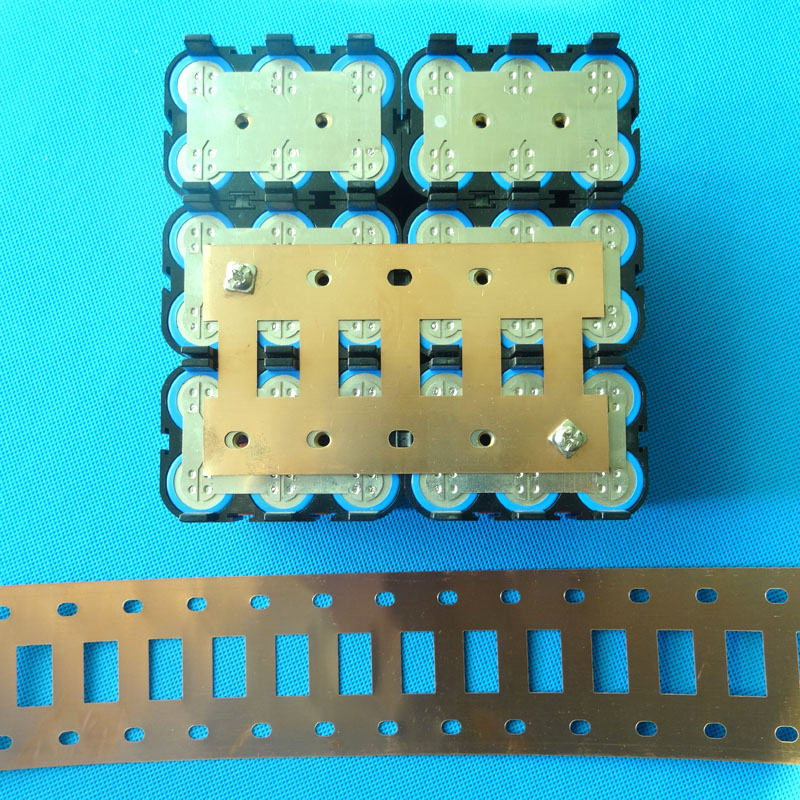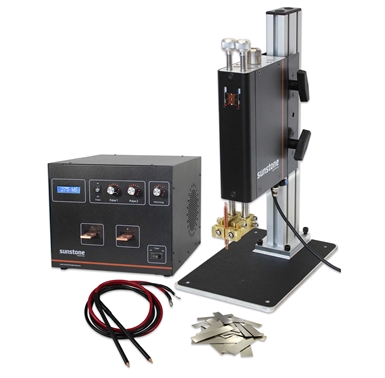TrotterBob
100 W
- Joined
- May 10, 2016
- Messages
- 219
So what happens to .25mm copper busbars after a few months when the copper starts to corrode? Does it lose any conductivity?
TrotterBob said:So what happens to .25mm copper busbars after a few months when the copper starts to corrode? Does it lose any conductivity?
NullValue said:3> There is no 3
Advantages of pouch cells … Easier assembly. Disadvantage… Lower energy density than 18650 (usually).NullValue said:I was planning on putting together a 280 cell pack, but batteryhookup now has the spim08hp pouch cells cells broken out so it doesn't add $250 to ship them, so I cancelled my order for 18650's and I'm going pouch cells instead.
garolittle said:Advantages of pouch cells … Easier assembly. Disadvantage… Lower energy density than 18650 (usually).
Where did you find them?BigBlock said:dont' know if it has been discussed yet, but I found an interesting system that looks to avoid soldering the copper bus bar on the cell

spinningmagnets said:Discussion of compressing flat pouch cells has been moved to its own thread, found here:
"Compression of pouch cells, info/data"
Spot Welding Copper Strips to 18650 Battery Cells
Scottyc said:Where did you find them?BigBlock said:dont' know if it has been discussed yet, but I found an interesting system that looks to avoid soldering the copper bus bar on the cell

Sent from my iPhone using Tapatalk
I've thought of soldering the copper to the nickel before welding to the cells. Could be as simple as single core copper onto 0.15 strip. I thought of using two off 5mm strips in parallel with copper along the outer edge then weld between them.BigBlock said:dont' know if it has been discussed yet, but I found an interesting system that looks to avoid soldering the copper bus bar on the cell

litespeed said:I would like to know the difference myself. On my bike with the battery I built running a Nuc 24 I’m successfully sucking 250 amps out of it quite easily to peak at 17000 watts. The pack is a 20s15p 30Q with .15mm x 25mm pure nickel with 10 gauge copper soldered over the end strips that I meticulously built! We can argue on what it should or should not be able to do but I can guarantee what it does do. Unfortunately I have no way to test how hot the strips/connections/cells are. I have the ability to go up to 300 amps which I may in the future you to see if it makes a difference.......I fear that may kill the 3.5 QS205 V3 motor I’m Torturing with 250 amps?
That said, if I knew for sure with quantifiable results that the copper/nickel connections were 15% or more better I’d build another pack using that method. I mean real life what matters.....like longer ride time or ability to hold a higher voltage longer. Truth be known I’d like to go to the Molicel INR21700-P42A 4000mAh - 45a or Samsung INR21700-40T 4000mAh - 35A and just looking....er....hoping for a reason to switch to them but what I am using works perfect so far.
Tom
john61ct said:Copper (tabs) direct to cans!!!
https://sunstonewelders.com/products/battery-welder-systems/omega-pa250i-copper-battery-tab-welder



